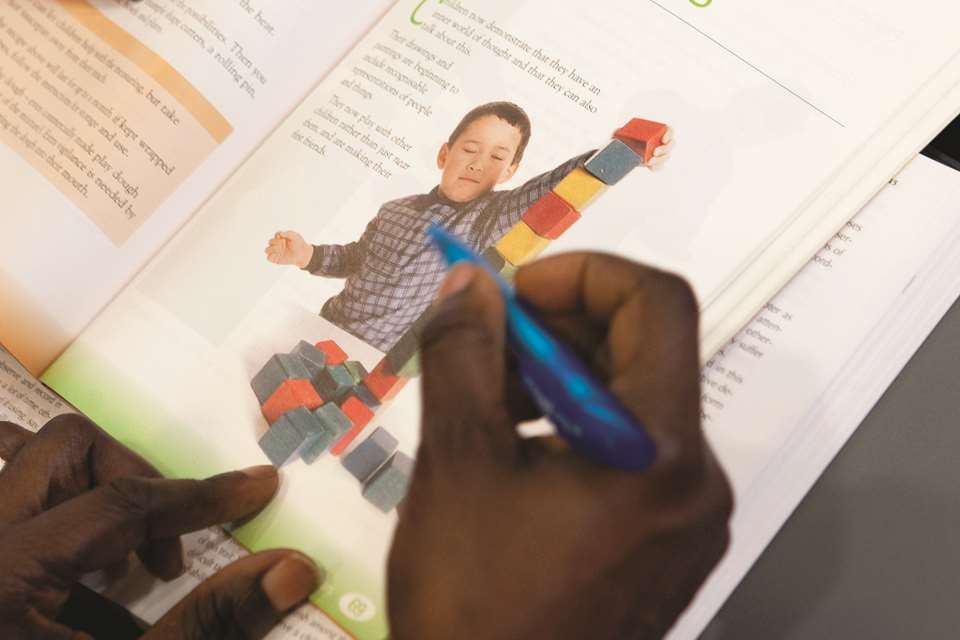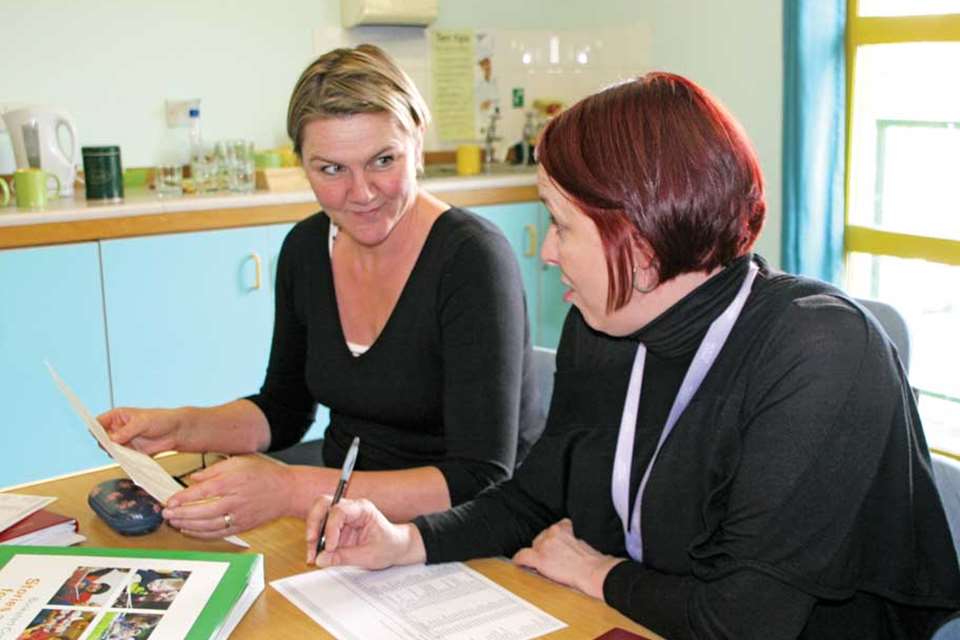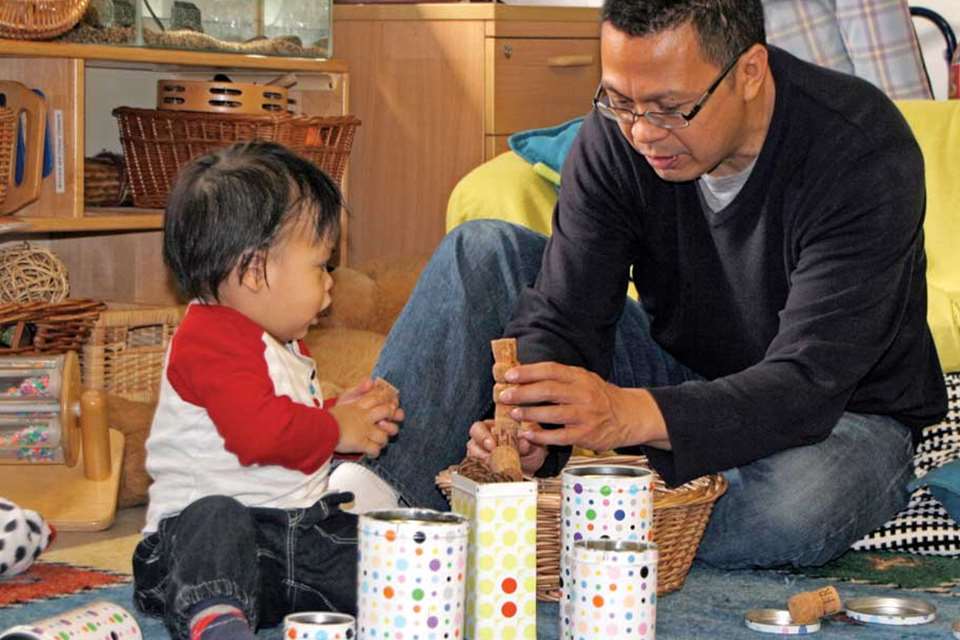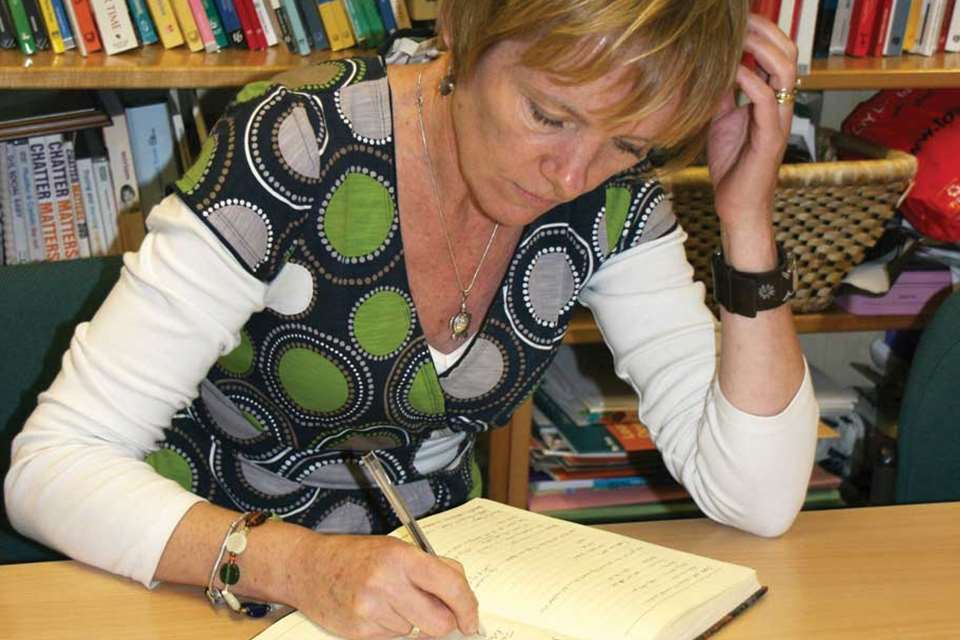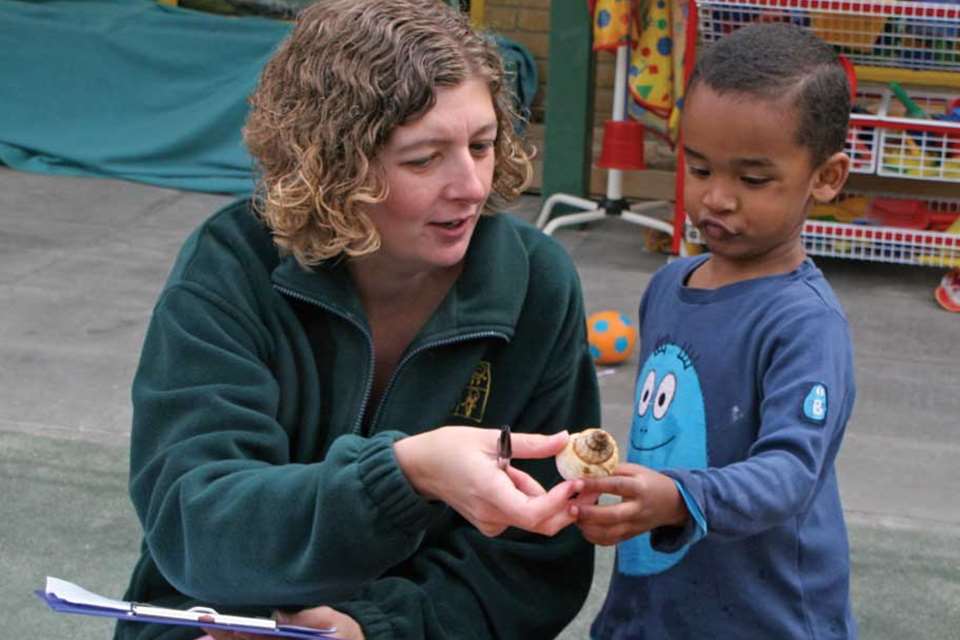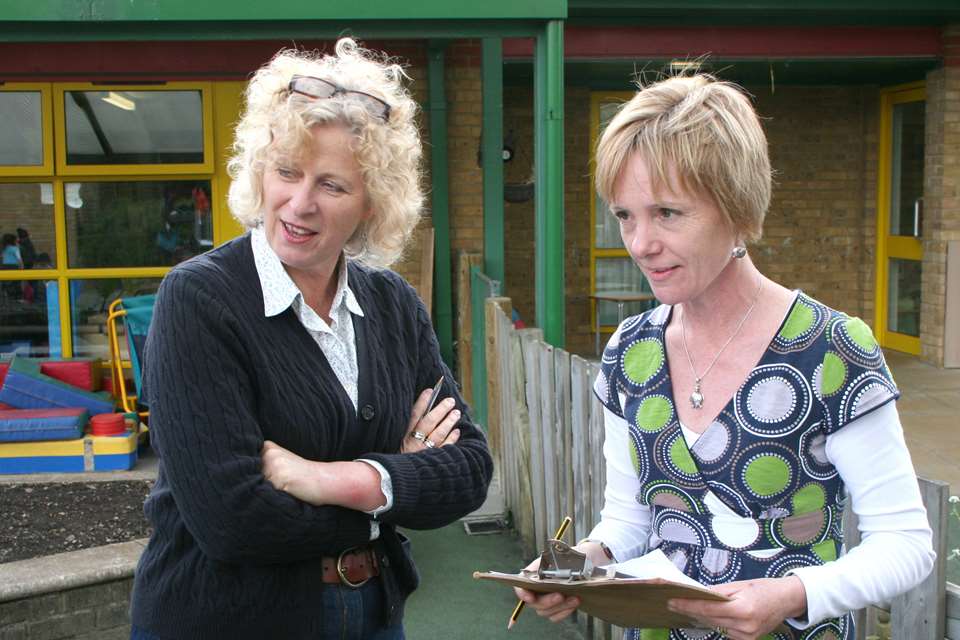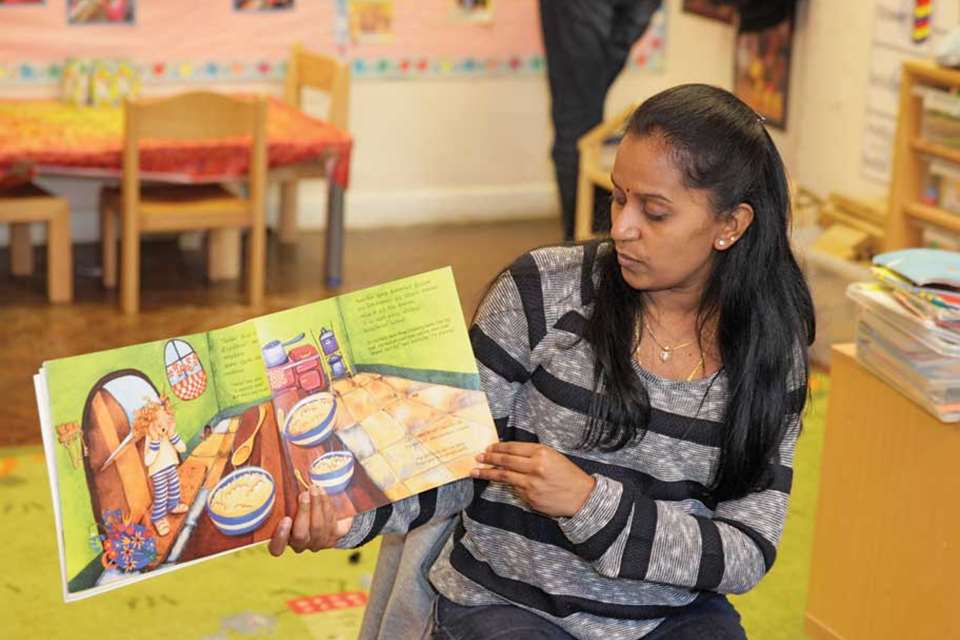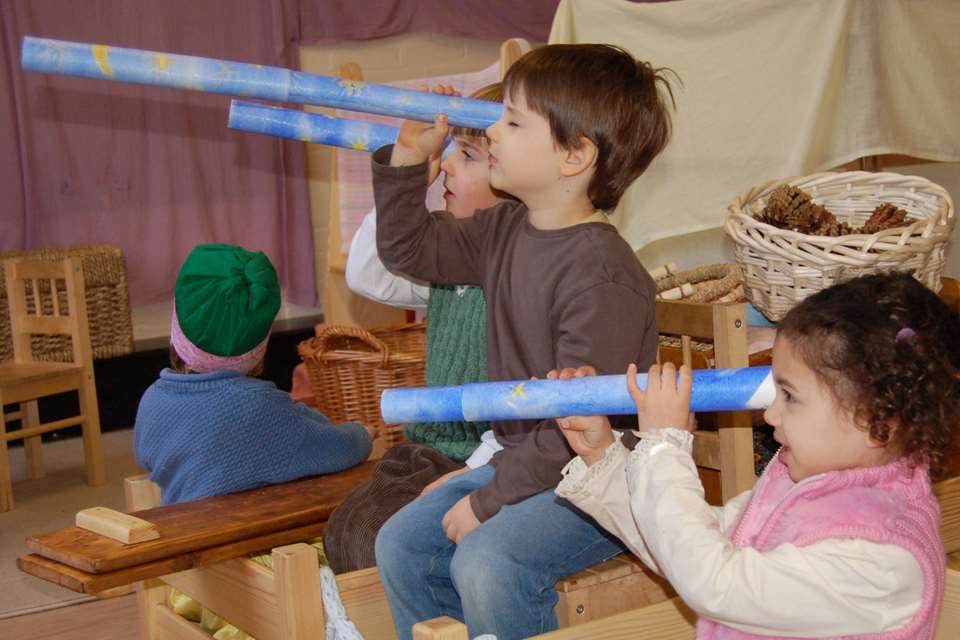Guide to EYE: part 8 - A technical eye
Gabriella Jozwiak
Monday, January 12, 2015
City & Guilds' classroom-based course allows for hands-on working, but some feel it lacks breadth in its first incarnation. Gabriella Jozwiak looks at the detail of what's on offer.
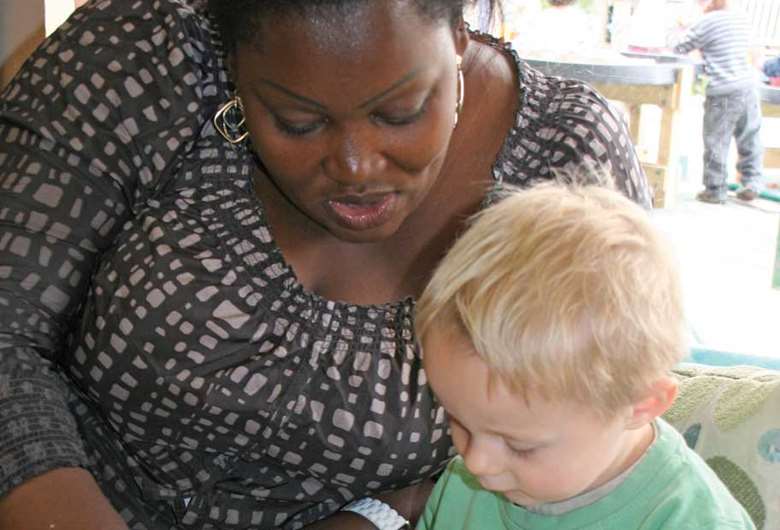
Note: as of September 2015, this course has been replaced by the Level 3 Advanced Technical Extended Diploma for the Early Years Practitioner (Early Years Educator)
This first Early Years Educator (EYE) college course from City & Guilds has been developed in consultation with more than 100 sector experts, with play, additional needs, observation and assessment and child development at its heart. The resulting college-based course, the Level 3 (Technical) Diploma for the Early Years Practitioner (EYE), is designed to offer opportunities for practical learning outside the lecture theatre.
The course offers 210 UCAS points, the equivalent of one and a half A Levels - and while it is delivered over two years, it only occupies 540 guided learning hours. This is in contrast to Pearson's national diploma, which takes double the time and carries double the number of UCAS points. The City & Guilds course is designed so students can take up other studies alongside it, such as paediatric first aid, or re-take a maths or English GCSE.
Currently, the course is based on nine mandatory units - far fewer than City & Guilds' work-based EYE qualification. Health and social care and children portfolio adviser Suzi Gray says the course responds to all the full and relevant criteria stipulated for EYEs by the National College for Teaching and Leadership. But City & Guilds is treating the first year as a pilot, and is developing a bigger offer with more UCAS points.
'There will be more units in future qualifications and more contemporary content,' Ms Gray explains. 'Contemporary content will prepare the learner to achieve greater insight into challenges the sector is facing, but also the world of early years and experiences children currently have,' she says. She gives childhood obesity and children's early mathematical understanding as two examples. 'We would be interested in exploring contemporary content that enables the practitioner to develop greater insight, understanding and awareness of issues like that.'
The content of the technical diploma is comparable to the work-based EYE, but structured differently. All its units are set at Level 3, while three in the work-based qualification are at Level 4. But Ms Gray says standards are not lower in the college-based course because the qualifications are judged through different frameworks. 'We've done that deliberately because we want the learners who complete either qualification to have a comparable level of knowledge, skills and understanding,' she says.
The units cover child development, professional development and safeguarding, among other key early years areas. Every unit is assessed through a portfolio of practical evidence submitted by the learner. This is achieved through a minimum 730 placement hours, during which assessors observe how students perform in the setting. City & Guilds recommends students begin placement as soon as possible, but does not specify that learners should experience more than one setting, or different-age children.
As in the work-based course, students have to submit a study at the end of this qualification. It must contain at least four detailed observations of a child or group of children, and observations must reflect teaching from all of the units except one: 'Model, promote and support positive behaviour and transitions'. It is not graded, but assessed, as in the work-based EYE.
Additionally, students must complete one assignment and sit two written examinations. The assignment is set externally and designed to assess students' knowledge and understanding of children's health and well-being at the end of year one. 'We might ask them to develop a resource pack about policies and procedures that the setting could use as a development tool for new staff,' explains Ms Gray. 'Or they could have to write a piece identifying key parts of legislation, policy or theory. A typical question might be: Explain how social pedagogy and different approaches influence current early years provision.'
Students take both examination papers at the end of the two years. The 90- and 45-minute papers require students to answer short questions based on units three to nine (see box). Students can re-sit examinations once to improve their grade, or if they have failed, can also re-submit assignments once.
Ms Gray was unable to state how many training providers are delivering the qualification, but says the body has received interest from work-based providers that 'like the look of the way it's assessed and are particularly attracted to the UCAS points'.
Preston's College in Lancashire is one learning provider currently delivering the course to nine students. From January 2015, the students will be based in the college's on-site nursery learning through work-place-based projects.
Preston's College head of division sport, health and public services Jane McCormick says City & Guilds' course particularly lends itself to a 'hands-on way to learn'. For example, when the group reaches unit three on safeguarding and health and safety, course tutors plan to get students to set up a forest garden.
'That allows students to take safe risks, so they might be building dens or tree-climbing,' she says. 'All those risk and health and safety assessments associated with being outdoors are an excellent way to learn. This course really allows students to get down and do something linked to the foundation stage curriculum.'
Ms McCormick says the students are among the most able because they have achieved minimum grade C in GCSE English and maths. For this reason, and the qualification's guided learning hours, Preston's College is offering additional, optional maths courses alongside the EYE programme that enable students to pick up more UCAS points.
Ms McCormick backs City & Guilds' plans to enhance the EYE course in future as she believes the high calibre of students taking up the qualification will value extra UCAS points. 'They might want to study the Early Years Teacher Status afterwards,' she suggests.
EMPLOYER'S VIEW: KERRY STURMEY, MAMA BEAR'S DAY NURSERY
'In general, this is a good course and it should adequately prepare learners for a career within the early years sector,' says Kerry Sturmey, operations director at Mama Bear's Day Nursery.
'But it needs more breadth within it, for example, on safeguarding.
Teaching on this would benefit from detail on whistleblowing and managing allegations against staff, local authority procedures, and what happens after a referral is made. However, it is good the safeguarding unit covers domestic violence and bullying as well as the four well-known areas of abuse.
'I feel "behaviour" should have its own unit and not be tied in with transitions. Both these areas are huge to child development and should each have their own unit so they can be covered in more depth. There is no mention in the course specification of physical intervention logs, for example, within behaviour.
'I would also like to see more content specific to two-year-olds, especially with the introduction of two-year-old funding and the two-year-old progress check.
'On the subject of work placements, it's very important students gain practical experience in good-quality provision -those rated as minimum good by Ofsted. This is not specified by City & Guilds.
'Finally, I'm concerned the language in the course specification does not mirror the language of the Early Years Foundation Stage (EYFS). For example, it talks about a "key worker", whereas the EYFS and correct terminology within early years settings is now "key person". The booklet also refers to the "SEN" (special educational needs) code of practice, whereas this is now the "SEND" code of practice and includes disability. The "local offer" is not referred to at all. All this is really confusing for the learner.'
COURSE UNITS
1. Professional development using reflective practice and effective study skills
2. Child development and the effective use of observation and assessment
3. Principles of safeguarding and health and safety of children
4. Promoting children's health and welfare and their diversity, equality and inclusion in the early years sector
5. Theories that underpin practice in the early years sector
6. Model, promote and support positive behaviour and transitions
7. Working in partnership with parents and other professionals
8. Promote children's speech, language and communication development
9. Supporting children's activities, play, creative development and educational programmes.


